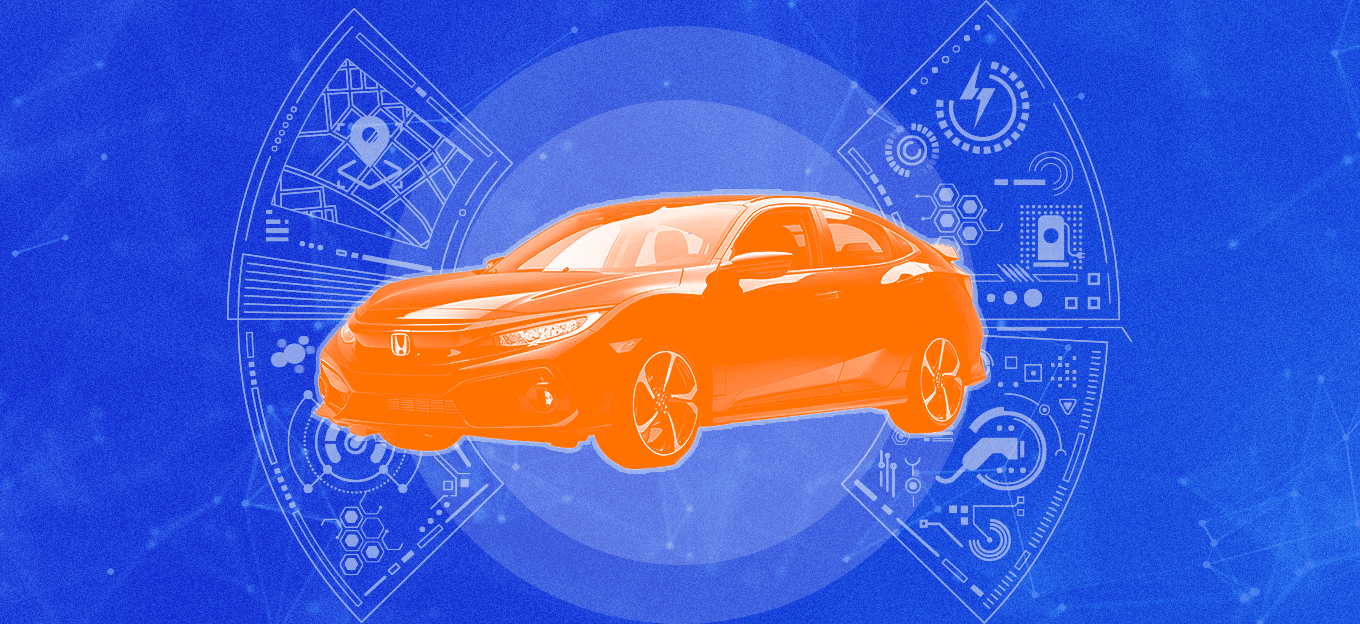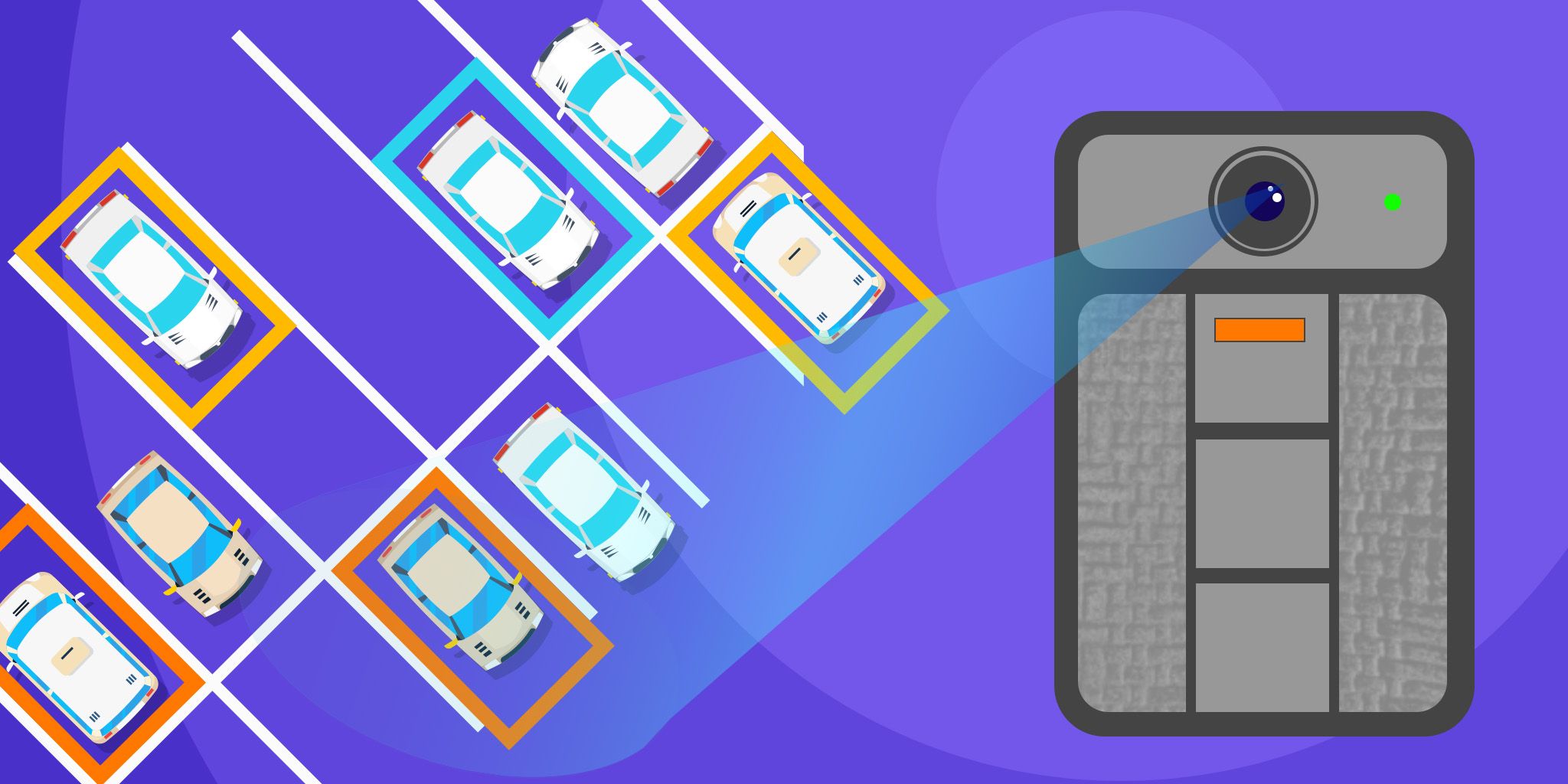Turning Data Costs Into Revenue: How OEMs Can Monetize Connectivity
Turning Data Costs Into Revenue: How OEMs Can Monetize Connectivity
- Last Updated: November 12, 2025
Freeeway AG
- Last Updated: November 12, 2025



Adapted from the IoT For All Podcast. To hear the full conversation with Harald Fuchs and Mark Vandenberg, check out the full episode.
The connected car has transformed from a technical novelty into a digital living room. Screens multiply, passengers stream, and every journey becomes a cloud-powered experience.
But that digital comfort comes at a cost.
Each connected service—whether an infotainment stream or a software update—draws mobile data that OEMs often subsidize. What began as a one-year “free connectivity” feature has quietly become a recurring expense that scales with every car sold.
Connectivity alone isn’t the differentiator anymore. The real advantage lies in how OEMs turn that connectivity into a sustainable business model.
Why Data Usage Keeps Rising
Only a few years ago, 1 GB per car per month was enough. Today, European vehicles easily reach 4–5 GB, and Chinese EVs can exceed 30 GB. That exponential growth isn’t driven by engineering—it’s driven by behavior.
Consumers now expect their vehicles to deliver the same seamless experience as their smartphones: continuous updates, high-quality streaming, and access to a growing range of apps. For OEMs, it’s a double-edged sword—engagement goes up, but so does the bill.
This is where the traditional telecom approach breaks down. Standard connectivity contracts can’t flex fast enough for the data-heavy, subscription-driven future of mobility.
From Cost Center to Revenue Engine
Harald Fuchs, CEO of Freeeway, captures the shift well:
“A car today is more software than steel. Once you accept that, connectivity is no longer a side cost—it’s the foundation for new digital revenue models.”
Freeeway and KPN IoT have been exploring how manufacturers can treat data plans as value-added services rather than liabilities. Instead of absorbing the cost, OEMs can enable users to purchase, extend, or upgrade connectivity directly—just as they do with mobile apps or cloud storage.
Platforms like Freeeway’s IoT Monetization Hub make this possible by handling the unglamorous but essential parts:
- Localized data packages, pricing, and taxation
- Payment collection across currencies
- KYC and compliance management
- Seamless integration with operator infrastructure
- GDPR-compliant data hosting inside the EU
The outcome: data becomes a controllable, revenue-generating asset rather than a cost of doing business.
The Role of Trust and Localization
Mark Vandenberg, who leads IoT business development at KPN, highlights why localization is so important for global OEMs:
“You can’t just drop one SIM in every car and expect it to work everywhere. Customers want local content, familiar billing, and the confidence their data stays within regional rules.”
Localization is about more than connectivity performance—it’s about building trust. When a customer in Germany or France pays for their in-car data plan, they expect the same reliability, privacy, and payment transparency as any local digital service.
A New Chapter: The Car as a Payment Identity
Once vehicles can securely process payments, a completely new ecosystem opens up. The car can act as the user’s authenticated payment identity—for tolls, charging, parking, content subscriptions, or even drive-through purchases.
Harald Fuchs, Freeeway CEO, sees this as the next logical stage of mobility:
“The vehicle will soon become your digital companion. It will know what you’ve paid for, what you’re allowed to access, and it will manage that interaction for you safely and automatically.”
That vision turns the car from a point of transport into a transactional platform—a place where software, services, and commerce converge seamlessly.
Why This Matters Strategically
For OEMs, this isn’t just a technology challenge; it’s a strategic one. Whoever controls the digital relationship inside the vehicle controls the recurring revenue that follows.
Without a monetization layer, OEMs risk becoming the “dumb pipes” of their own ecosystem—providing hardware while others capture the digital margin. By owning the customer interface and payment channel, manufacturers can finally align connectivity with long-term profitability.
And because these systems run on open APIs and regional partnerships, they’re not limited to automotive alone. The same logic applies to consumer IoT, industrial equipment, and any connected product where usage generates data and value.
The Road Ahead OEMs with mobile data
The future of connected mobility isn’t just faster 5G or bigger screens—it’s about turning connectivity into a business engine.
Manufacturers that act now will set the terms for how drivers interact with, subscribe to, and pay for services within their vehicles. Those who wait will end up financing others' habits.
To hear the full conversation with Harald Fuchs and Mark Vandenberg, listen to their episode on the IoT For All Podcast.
Contributors: Harald Fuchs, CEO of Freeeway, and Mark Vandenberg, Strategic Business Development at KPN IoT
The Most Comprehensive IoT Newsletter for Enterprises
Showcasing the highest-quality content, resources, news, and insights from the world of the Internet of Things. Subscribe to remain informed and up-to-date.
New Podcast Episode

Industrial IoT and Connectivity
Related Articles




